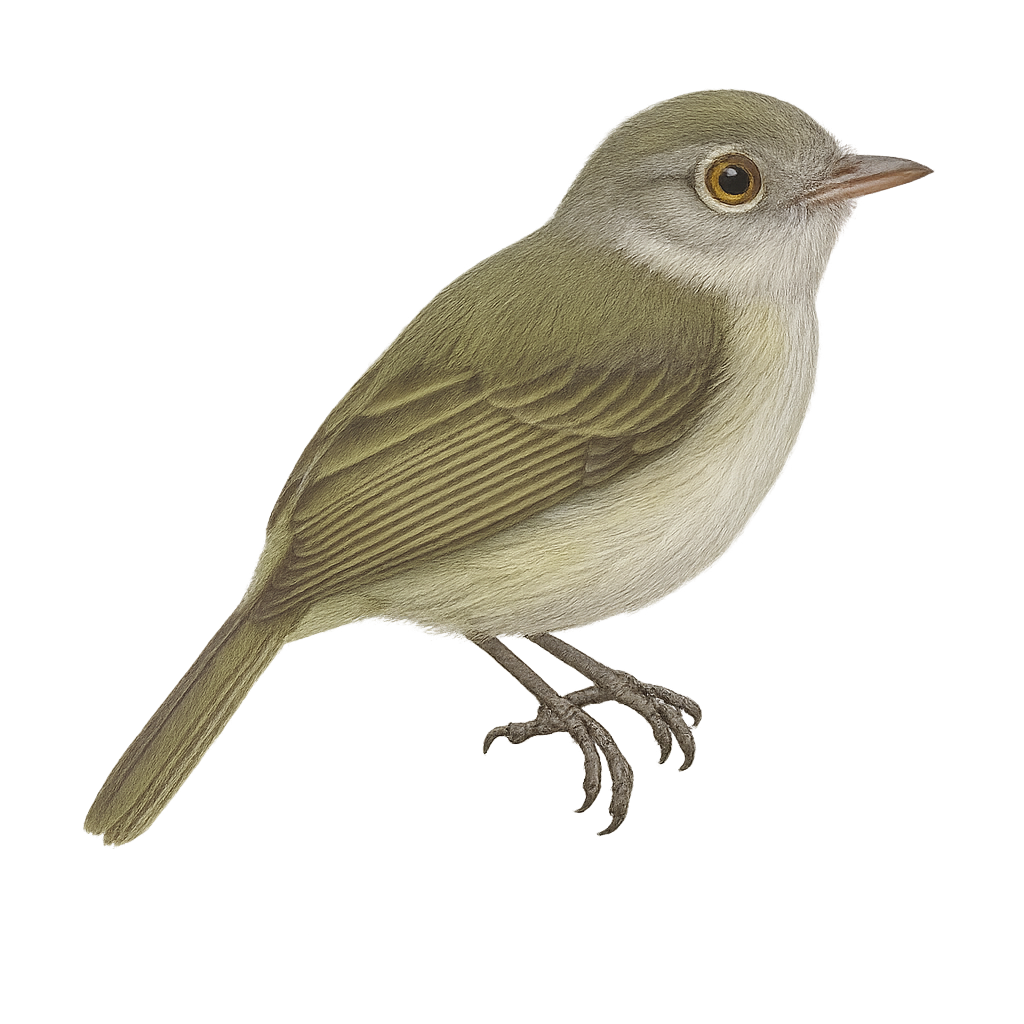Your wildlife photography guide.
Explore the pearl-breasted tody-tyrant in detail, study its behavior, prepare your shots.
Where to observe and photograph the pearl-breasted tody-tyrant in the wild
Learn where and when to spot the pearl-breasted tody-tyrant in the wild, how to identify the species based on distinctive features, and what natural environments it inhabits. The WildlifePhotographer app offers tailored photography tips that reflect the pearl-breasted tody-tyrant’s behavior, helping you capture better wildlife images. Explore the full species profile for key information including description, habitat, active periods, and approach techniques.
Pearl-breasted Tody-Tyrant
Scientific name: Hemitriccus margaritaceiventer

IUCN Status: Least Concern
Family: TYRANNIDAE
Group: Birds
Sensitivity to human approach: Suspicious
Minimum approach distance: 5 m
Courtship display: September to October
Incubation: 16-18 jours
Hatchings: October to November
Habitat:
Humid tropical forests, forest edges, shrublands
Activity period :
Primarily active during the day, with peak activity in the morning and late afternoon.
Identification and description:
The Pearl-breasted Tody-Tyrant is a small passerine bird belonging to the Tyrannidae family. It is characterized by its delicate plumage, with a pearly white belly that contrasts elegantly with its generally olive-green body. This bird is mainly found in the humid tropical forests of South America, where it feeds on insects it skillfully captures. Its song is a gentle trill that resonates through the canopy. Although small, it is quite active and can be difficult to spot in its dense habitat. It plays an important role in the ecosystem by controlling insect populations and participating in the pollination of certain plants.
Recommended lens:
400 mm – adjust based on distance, desired framing (portrait or habitat), and approach conditions.
Photography tips:
To photograph the Pearl-breasted Tody-Tyrant, it is advisable to use a telephoto lens of at least 400mm to capture detailed images without disturbing the bird. Look for it in humid tropical forests, especially along the edges where it is more active. Be patient and attentive to its distinctive song to locate it. Use a tripod to stabilize your camera and adjust your camera settings for the low-light conditions often encountered in these habitats.
The WildlifePhotographer App is coming soon!
Be the first to explore the best nature spots, track rutting seasons, log your observations, and observe more wildlife.
Already 1 439 wildlife lovers subscribed worldwide

